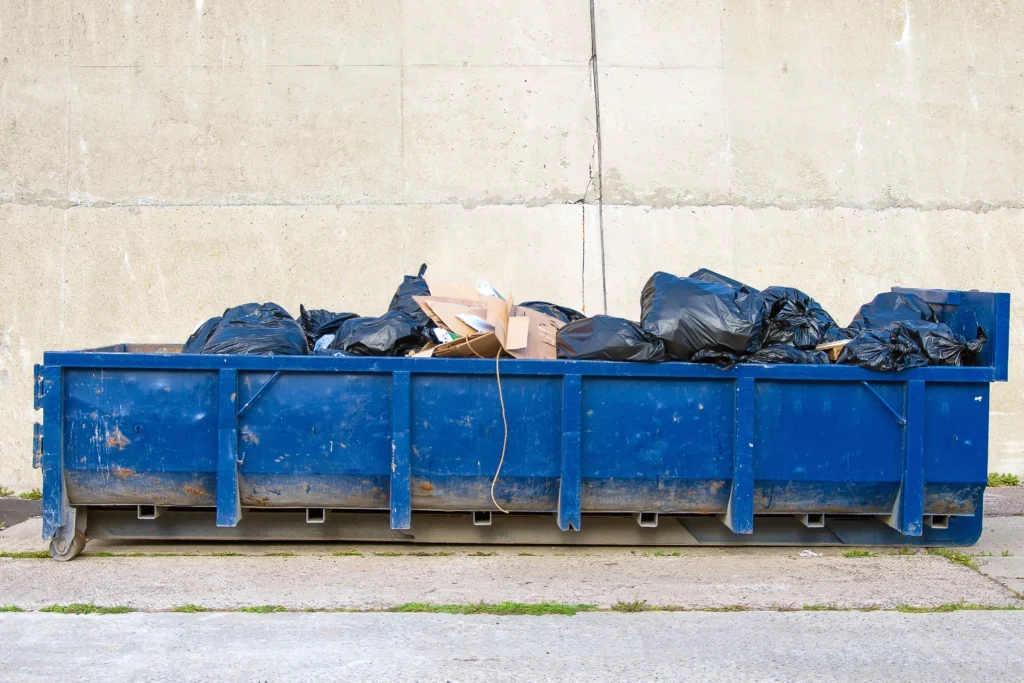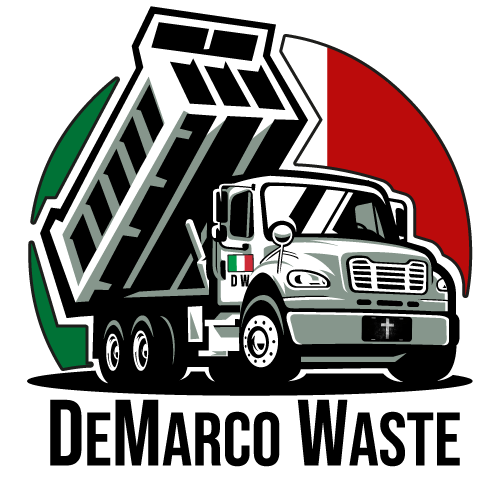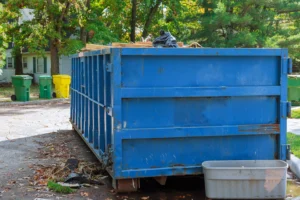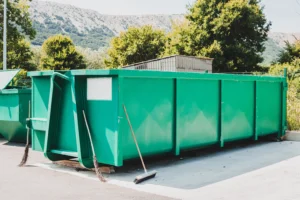When planning to embark on a project, be it residential or commercial, a waste container rental has to be incorporated into the plan. This is because they are the only ones that can accommodate heaps of bulky waste produced by the task you are doing.
The peace of mind that comes with transferring the responsibility of refuse disposal to someone else allows you to concentrate fully on the smooth flow of operations and integrity of the project.
The issue of whether or not a waste bin is necessary for projects is never in contention. The main issue comes when deciding the perfect one you need for your different projects. Knowing the most preferred size is essential to choosing the ideal one for you.
The 20-Yard Junk Container

Rent a Dumpster from us in PA
Depending on various factors such as the ease of delivery and collection, deployment for various projects, and dumpster rental charges, the 20-yard emerges as the most preferred choice. Why the 20-yard waste, one may ask? It measures 22 feet in length, 7.5 feet in width, and 4.5 feet in height. The design, shape and size make it compatible with most driveways. Its capacity footprint is large enough to accommodate big volumes of residential and commercial waste. This therefore explains its preferred ability for various types of projects.
Its Versatility Explained
The 20-yard waste is widely used for various projects, both residential and commercial. This part of the article gives instances where it can be used.
Estate Clean outs
Bearing in mind that estate cleaning produces all manner of waste in large volumes, a 20-yard waste bin is the best way to ensure that everything fits and that the process goes on as smoothly as possible. Things like old furniture and worn out appliances are selections of the things you can expect to toss in a 20-yard vessel during an estate clean out.
Interior Remodeling
It is also ideal for house remodeling projects like bathroom, attic, and kitchen upgrades. Waste items like old toilet seats, bathtubs, old cabinets, broken tiles, and concrete and wood framing are all bulky and heavy. A 20-yard vessel comfortably accommodates such items without the worry of overhanging while still sticking to the set weight limit.
Office Clean outs
When relocating to a new office building, companies usually conduct cleanouts to eliminate office stationery, upholstery as well as other forms of furniture. There is no better size to carry this type of waste than the 20-yard.
Exterior Facelifts
Roof shingles, wood framing, asphalt, concrete, sidings, and drywall are some of the many types of waste that is tossed in the bin during exterior facelifts of residential structures.
Yard Cleaning
This type of cleaning produces green matter in the form of grass, branches, tree stumps, and soils, all of which perfectly fit into the 20-yard with ease.
Move-Out Cleaning
Move-out cleaning is essential to getting the security deposit back as well as preparing it for the next tenancy regime. Having a 20-yard on standby makes move-out cleaning seamless and faster.
Ample Capacity and Physical Footprint
The vessel comes with a large enough waste capacity that equals that of six pickup trucks. This therefore implies that you do not have to stress over several emptying trips since all your waste fits in perfectly without overhanging. This is an important aspect because the more the emptying trips, the higher the charges.
The Design and Shape
Most neighborhoods, as well as local regulations, demand that you do not place objects that could obstruct your neighbor’s view of the area. At the same time, if an object were to extend to your neighbor’s property, you could face unnecessary legal suits for trespassing. A 20-yard waste bin’s dimension, size, and shape make it ideal for most driveways. This makes delivery and pickup seamless while at the same time keeping you in line with local regulations. It also introduces an aspect of cost consciousness since you do not have to acquire permits to enable you to place it on your driveway.
While exploring the different sizes, factors such as the nature of the undertaking, size and volume of waste produced as well as project budget have to come into play. Having a smaller size for a bigger project is not cost prudent since there will be many emptying trips. On the other hand, having a large one for a small project is a waste of resources since it will be half-full at the time of pickup. Considering all these factors helps you to easily strike a balance between the sizes and achieve some financial prudence.




